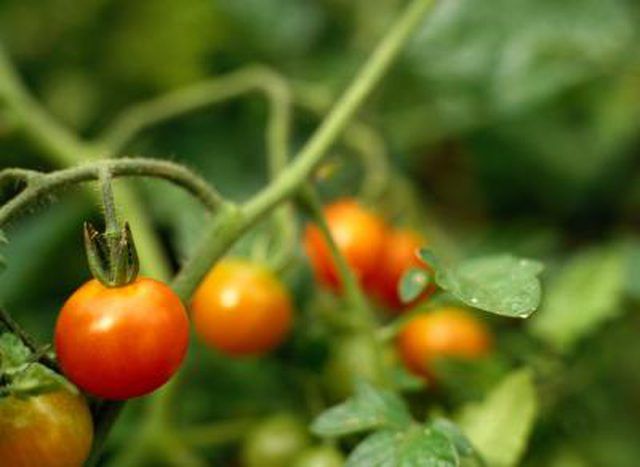Bulbs
Flower Basics
Flower Beds & Specialty Gardens
Flower Garden
Garden Furniture
Garden Gnomes
Garden Seeds
Garden Sheds
Garden Statues
Garden Tools & Supplies
Gardening Basics
Green & Organic
Groundcovers & Vines
Growing Annuals
Growing Basil
Growing Beans
Growing Berries
Growing Blueberries
Growing Cactus
Growing Corn
Growing Cotton
Growing Edibles
Growing Flowers
Growing Garlic
Growing Grapes
Growing Grass
Growing Herbs
Growing Jasmine
Growing Mint
Growing Mushrooms
Orchids
Growing Peanuts
Growing Perennials
Growing Plants
Growing Rosemary
Growing Roses
Growing Strawberries
Growing Sunflowers
Growing Thyme
Growing Tomatoes
Growing Tulips
Growing Vegetables
Herb Basics
Herb Garden
Indoor Growing
Landscaping Basics
Landscaping Patios
Landscaping Plants
Landscaping Shrubs
Landscaping Trees
Landscaping Walks & Pathways
Lawn Basics
Lawn Maintenance
Lawn Mowers
Lawn Ornaments
Lawn Planting
Lawn Tools
Outdoor Growing
Overall Landscape Planning
Pests, Weeds & Problems
Plant Basics
Rock Garden
Rose Garden
Shrubs
Soil
Specialty Gardens
Trees
Vegetable Garden
Yard Maintenance
Why Does My Tomato Plant Have Yellow Leaves With Brown Spots?
Why Does My Tomato Plant Have Yellow Leaves With Brown Spots?. Tomato plants are popular among home gardeners because of their ease of care and low maintenance. These plants tend to do well with little attention, except when they develop a problem. A common disorder among tomato plants is yellowing leaves that develop brown spots, usually caused by...

Tomato plants are popular among home gardeners because of their ease of care and low maintenance. These plants tend to do well with little attention, except when they develop a problem. A common disorder among tomato plants is yellowing leaves that develop brown spots, usually caused by a fungal infection.
Types
The two most common fungi that cause discoloration or wilt are verticillium and fusarium, according to the University of Illinois.
Function
When verticillium or fusarium attack tomato plants, the fungus works its way up the plant to the leaves. Most people don't discover the infection until a plant's leaves show changes because initially the plant seems healthy.
Time Frame
According to Cornell University's College of Agriculture and Life Sciences, both types of fungi can live dormant in soil for up to 10 years and can infect any tomato plants with which they come into contact.
Effects
Verticillium wilt or fusarium wilt eventually kill the plants they infect. Some plants might bear fruit that ripens, but the tomatoes will be small with poor flavor, according to Cornell University's College of Agriculture and Life Sciences.
Prevention/Solution
Once the fungi take hold, the best way to avoid future infections is to plant varieties of tomatoes that are resistant to verticillium and fusarium. A tomato plant's name indicates resistance if it is followed by V, F or VFN.